
Kitchen scale
Taking on the Technosphere: A Kitchen Debate
In his original writings on the technosphere from the early 2010s, Peter Haff identified its existence as a grand metabolizing system. Back in early 2016, spurred on by the preparation for HKW’s Anthropocene Campus: The Technosphere Issue, a vehement debate sprang up in the home of science and technology historians Gabrielle Hecht and Paul N. Edwards: How valid is Haff’s approach? Does it capture a reality? And what is its heuristic purpose? In this republication of their dispute, you, the reader, can engage alongside Hecht and Edwards in asking whether the concept of the technosphere is a truly useful tool, simple silverware, or merely a barren gadget for understanding the current and future condition of planet Earth.
Gabrielle Hecht: Here’s how Peter Haff defines the technosphere in his 2013 essay:Peter K. Haff, “Technology as a Geological Phenomenon: Implications for human well-being,” Geological Society, special publication, vol. 395 (2013): pp. 301–9.
the set of large-scale networked technologies that underlie and make possible rapid extraction from the Earth of large quantities of free energy and subsequent power generation, long-distance, nearly instantaneous communication, rapid long-distance energy and mass transport, the existence and operation of modern governmental and other bureaucracies, high-intensity industrial and manufacturing operations including regional, continental and global distribution of food and other goods, and a myriad additional ‘artificial’ or ‘non-natural’ processes without which modern civilization and its present 7 × 109 human constituents could not exist. If the term ‘anthroposphere’ is meant to emphasize the role of human beings as causative agents responsible for Earth transformations that define the Anthropocene, the use of ‘technosphere’ suggests a more detached view of an emerging geological process that has entrained humans as essential components that support its dynamics.
Haff usefully calls attention to dynamic technological systems. His vision of technology is expansive enough to include bureaucracy and other non-machinic components. I especially appreciate his insistence (later in the essay) that these systems are themselves, as well as in their interactions, often unpredictable and uncontrollable.
Right off the bat, however, his definition also betrays some serious problems. What does “free energy” mean here—free to whom and how? And why is “a more detached view” better? Detached from what? Is this the perspective of an alien intelligence studying our planet? God’s eye?
From there, the problems deepen for me. Haff conceives of the technosphere as separate from humans: there’s the human perspective, and there’s the technosphere perspective. These are two different things. Humans are inside the technosphere, and thus see it “as a purely derivative phenomenon,” something they created and can control. But, he cautions, “From the outside, that is, from its own vantage point, notwithstanding that its human parts are essential, technology appears to have boot-strapped itself into its present state.” So again: What is “its own vantage point”? How and to what does this make sense?
- Paul N. Edwards: I guess I’m the good cop right now, but I won’t (can’t) defend everything Haff says. Still, remember he’s talking from a physics perspective, where “free energy” doesn’t mean “cost-free” but “readily available without the need to recycle or regenerate supply.” In other words, fossil fuels, uranium, all other sources that aren’t driven by the sun (in the present, at least). We don’t have to put anywhere near as much energy into getting them as it “cost” the planet to make them in the first place. Last time we taught a class together, I asked the class to guess how much energy fossil fuels represent in terms of the Earth’s net primary production (NPPNPP refers to all plant matter, including plankton, algae, etc.: in other words, the biosphere’s total uptake of energy from sunlight.). If we had to make gasoline, oil, and coal ourselves in the same way they were originally created—laying down millions of years’ worth of dead plants and compressing them under thick layers of rock—how much plant matter would it take? The answer: in one year, we burn fossil fuels equivalent to over 400 years’ worth of fossil NPP. That’s the “free” energy.
- Of course, you’re right that it costs us to do that, and it costs some people a lot more than others. Living downwind of coal-fired power plants, living in Beijing or dozens of other cities choked by coal smoke, being a West Virginia coal miner or a Namibian uranium miner or a Nigerian oil worker—all of that’s costly … not to mention the environmental damage from soot, haze, and carbon dioxide.
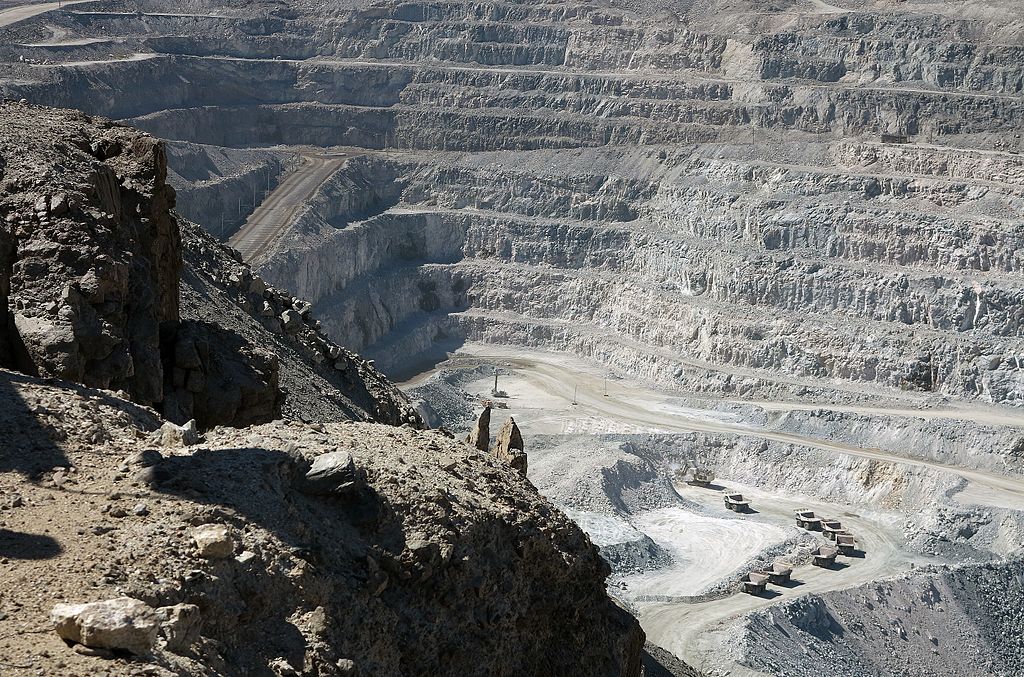
large
align-left
align-right
delete
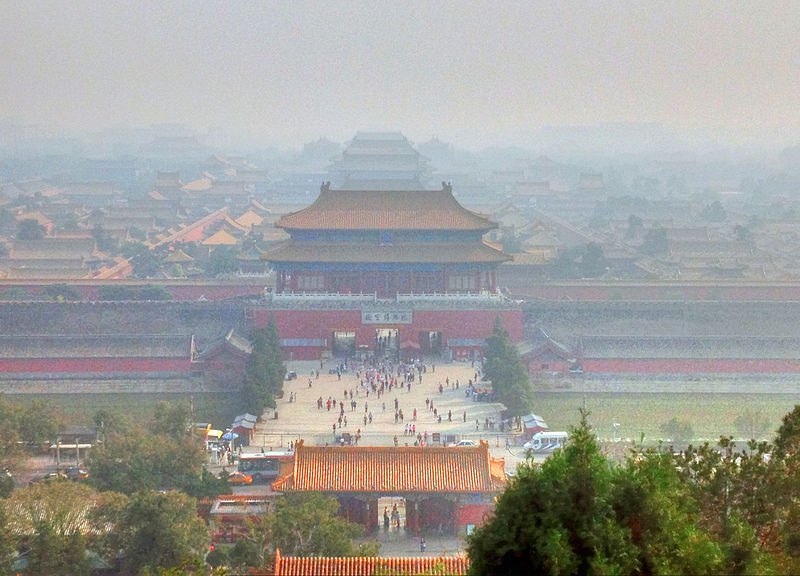
large
align-left
align-right
delete
- As for the “more detached view,” I don’t think he’s saying it’s “better.” He’s saying it’s a coherent and valuable way of looking at the total combination of historically embedded infrastructure and human social forms developed to support, maintain, and extend that infrastructure. Call it a God’s-eye view if you want, but that same view has been endlessly valuable for understanding the geosphere, the biosphere, and the lithosphere. Let me riff on this for a minute. From a large-scale, long-term view, everyone is born into a world full of infrastructure. He does talk about the few remaining hunter-gatherer societies, but rightly points out that they are fast vanishing; in the encounter with “developed” world ways of life, theirs is losing. (No, I’m not happy about that, but I can’t pretend it isn’t true—nor that I, or almost anyone I’ve ever met, would happily return to a hunter-gatherer life, even though I once read that their average workday is less than four hours.) Being born into infrastructures means being pre-enrolled, from the very beginning of your life, in supporting, maintaining, and possibly extending infrastructures. You (we) pay your (our) electricity bill. You watch TV. You use a cellphone, the Internet, sewers, roads, cars, airplanes, and trains. And you pay for them. To some extent, you may even personally maintain some of those things—adding oil to your car engine, fixing your home router, cleaning out your clogged storm drain. Millions of people work full-time maintaining those things. So in some sense, we work for infrastructure as much as infrastructure works for us. And as Haff points out, if a major piece of it, such as a chunk of the power grid, goes down temporarily, a huge swarm of both human and automatic, machinic activity immediately puts it back online. It defends itself and self-repairs, as if it were autonomous.
Gabrielle: I take your point about being born into infrastructure. That’s a nice way of putting it, and more illuminating than “the technosphere.”
But how can you go so swiftly from an observation that millions of people work full-time maintenance jobs to a conclusion that maintenance happens “as if it were autonomous”? What does that even mean? I don’t see any human–machine assemblage emerging to fix the potholes in our (wealthy) neighborhood, some of which have been there for years and would break our car if we hit them wrong. There’s certainly nothing automatic about repairing the water infrastructure in poverty-stricken Flint, Michigan, where thousands of people were exposed to lead contamination precisely because the state deferred maintenance and made cost-cutting choices that it would never have made for wealthier communities. And these are just examples from the US. As increasing numbers of scholars have observed, the adage about infrastructure being invisible (unless it breaks down) doesn’t help us understand places where infrastructures such as electricity might only function for two or three hours on a good day. I’m sure you remember the roads in southern Madagascar—constructed in the 1950s to haul ore away from mines, by the late 1990s they were so rough that we could barely drive 10 kilometers per hour on them! No automaticity in view there.
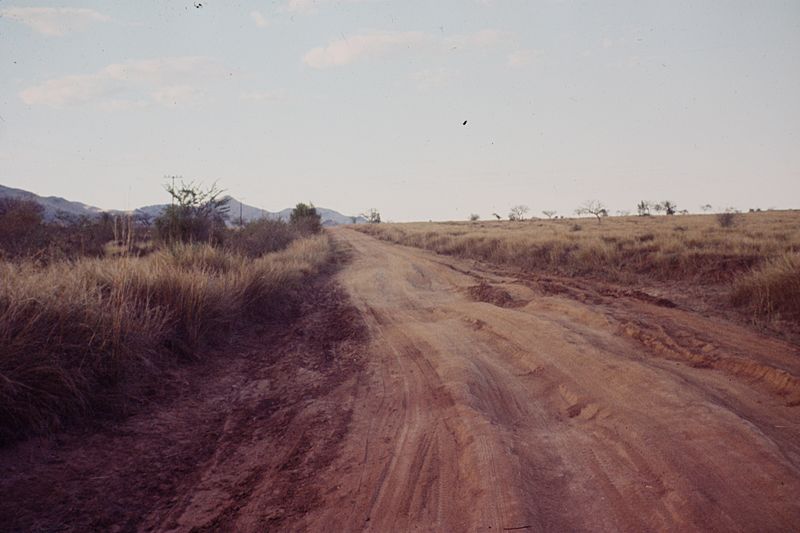
small
align-left
align-right
delete
- Paul (rudely interrupting): Autonomous is not the same thing as automatic, especially in this context. I just meant that maintenance happens, however imperfectly, because we depend on infrastructures so much that we have to maintain them.
Gabrielle (moving right along, taking no notice): And that’s not to speak of creative destruction or repurposing of infrastructural components or materials. There are many examples, but my favorite comes from a talk by Filip de Boeck about a huge pothole in Kinshasa: whenever it got “repaired,” residents would come out at night and take out the tar to recreate the pothole. Why? Because the pothole was so big that people were forced into detours, which led them right past goods and services offered by residents in stalls around the edges of the pothole.
- Paul: So they took advantage of one infrastructure failure to help them create another: a street market.
Gabrielle: Baloney. A few stalls is not a street market, and a street market is not (necessarily) an infrastructure. I may not like the technosphere, but I’m not on board with AbdouMaliq Simone’s “people as infrastructure” thing either.
But this leads me to another point. I’m struck by Haff’s conception of the technosphere as a single thing. That’s a very large-scale systems perspective—fair enough. But to what end? If he discussed how the technosphere interacted with other spheres (atmo-, litho-, bio-, hydro-), then I might get some mileage out of the singularity. But he doesn’t (at least not in either of the pieces that I read), which to my mind leaves us with a concept that isn’t a whole lot more useful than Ray Kurzweil’s Singularity.
Haff’s title appeals to “human well-being,” yet nowhere do we see a discussion of this. Let alone the fact that there are radical inequalities in well-being across the globe, inequalities which arguably shaped the types, geographies, and histories of technological systems that make up the apparently singular technosphere.
Another obvious problem with a singular, undifferentiated view of “the technosphere” is manifest in Haff’s “Six Rules” essay.Peter K. Haff, “Humans and Technology in the Anthropocene: Six rules,” The Anthropocene Review (2014): pp. 1–11 There, Haff allows that some individuals—for example, the captain of a navy ship—might directly influence a technological system. He even countenances “uncooperative or adversarial” leaders, citing Nelson Mandela and Mahatma Gandhi as examples. The very next sentence: “The effectiveness of an adversarial leader, who is a malfunctioning part as far as the system is concerned, is made possible by the same kind of cascading-network effects that underlie the potential failure of strongly coupled systems …”. And there we have it: the “functioning” system is apartheid, with Mandela being the “malfunctioning” part.
Let me be clear: I don’t mean to suggest that Haff is an apartheid apologist—I don’t know him, but I’d be surprised if that were the case. Instead, I mean to highlight the problem of singular configurations: these inevitably portray the status quo—whatever it is, however it came about—as normal and functioning, and anything disruptive as “malfunctioning.” This vision has no sense that present technological systems could have been configured in any other way; it cannot account for (political, social) power differentials in technological systems; it leaves no possibility for change, no room for achieving broader “well-being.”
- Paul: I’m partly with you on this one. Haff does point out, as so many have done before him, that if the United States’ average energy consumption—about 10 kilowatts—became the global norm, we’d need 68 terawatts of power—four times our current global consumption of 17 terawatts. As he puts it: “This is an appreciable fraction of the geothermal energy flux (32 TW), the biochemical energy flux (90 TW) and the gravitational power load of the world’s rivers (7 TW).” So Haff’s argument has two parts: first, the quest for human well-being (what he calls our “desiderata”) led to these high rates of energy consumption; and second, that consumption is very unlikely to decrease unless demands for more, or more equal, well-being are somehow throttled back. On your point about how technological systems “could have been configured” in other ways: what a typical historian’s dodge! Historians (including me) live for those moments of contingency when everything could have been different. Sure, true dat—it happens. So what? As I said earlier: people are pre-enrolled in the infrastructures of their worlds, however different those may be. And in a globalized society, infrastructures spread far and fast. The world is crammed full of settled controversies and no-longer-contingent choices. 120V or 240V power. ISO standard containers. Automobiles with steering wheels, gas and brake pedals, and speedometers. Standard time. Flush toilets (terrible idea!). Three major staples—rice, maize, and wheat—make up two-thirds of world food consumption. All these things were once contingent choices, but not anymore. Sure, there are vast differences in national and local systems—but from the large-scale, long-term point of view, how does that matter?
Gabrielle: Ha! You think you can get away with accusing me of dodging simply by copping to such moves yourself? Come on, dude. So what, you ask? So this: our present infrastructural configurations result from choices. They are not the result of some inevitable technological march. There is no “autonomy” in play. Yes, choices are constrained by what came before (agency, structure, blah blah blah). But the specific properties of our infrastructures matter a great deal. That, presumably, is why Haff wants to spherify the techno in the first place, in order to compare its properties to those of other spheres, in view of figuring out ways to alter some of those properties.
Part of the problem, I think, comes from Haff’s conflation of decision and control. His insistence that dynamic systems often behave in uncontrollable ways is useful: I will grant you that. Scholars have occasionally attended to “the revenge of unintended consequences” (e.g. nonlinear dynamics that lead to accidents such as Chernobyl or Challenger), but we lack a powerful arsenal for apprehending the unpredictable excesses of sociotechnical systems. The so-called “new materialism” scholarship hopes precisely to deal with such capriciousness. In many respects, Haff’s essays are kind of like Jane Bennett’s Vibrant Matter.Jane Bennett, Vibrant matter: A political ecology of things. Durham, NC: Duke University Press, 2009. Both attribute a quasi-mystical consciousness to nonhuman matter. Neither allows for accountability and responsibility. And so—despite their obviously progressive objectives—neither offers a world in which humans can do anything to make living on this planet more just, more tolerable, less damaging to each other and to other beings.
- Paul: As Walt Kelly’s Pogo put it long ago: “We have met the enemy, and he is us.”Before somebody accuses me of retrograde pronoun-based sexism, this is a pun on Commodore Perry’s famous message, during the War of 1812: “We have met the enemy, and he is ours.” Why are you waiting for Haff to offer you that world where human action still matters? He’s just making clear how big and difficult the problem is. The action part is up to us.
Gabrielle: Of course. But that’s the thing: you can’t understand—let alone change—the properties of “the technosphere” without attention to the politics and power dynamics that produced them.
Decades of scholarship in the history of technology show how sociotechnical systems do not emerge along predetermined, inexorable, or autonomous paths. Politics—at all scales—matters hugely. It matters that capitalism runs on fossil fuels and not hydropower; there’s nothing “automatic” about that outcome. (Many citations are possible here, I get exhausted just thinking about the list.) I would not argue that those systems are controllable … but the lack of centralized controllability doesn’t mean that human action has no effect on their shape, function, and outcome either. Agency is not an on–off switch; it’s not about 0s and 1s; it’s not zero-sum. Technology and politics work together. I like to talk about that dynamic as technopolitics, in order to emphasize the imbrication and inseparability of technical function (or malfunction) and human power. Of course, there are other ways to imagine these dynamics that don’t require a control/autonomy binary. The point, for me, is to work toward an explanation of change over time that includes both intention and non-intention, people doing things on purpose and nonhuman dynamics biting back.
- Paul: Looks like you’re doing that history thing again. Why does it make any difference how the current state of affairs emerged? Or that things might have happened differently in the past? We’re here, we’re stuck in this godawful rut of consumerist, global capitalism, and we need to get out of it. It’s path dependence; we don’t get a do-over. We have to start from where we already are.
Gabrielle: Gimme a break. You do history too—are you telling me that there’s no point in knowing how the infrastructure of climate science came into being? That this doesn’t matter for policy? No cheap shots, please.
- Paul: I’ve got no argument with you on the possibility—indeed the necessity—of politics in sorting this. The biggest conundrum is how to deal with the global scale. Democracy doesn’t work very well at the level of the nation-state; it’s the worst form of government, except for all the others, as Churchill supposedly said. Look at the climate negotiations: twenty-six years of work to achieve … what? A weak, not-really-binding agreement that won’t even keep the world below a 3.5°C temperature rise even if every nation does exactly what it promised? I’m not optimistic about politics on that scale. On the other hand, there’s real power in leadership, and certain kinds of visionary technopolitics could perform the example-setting that’s so desperately needed.
Gabrielle: I do find Haff’s emphasis on metabolism thought-provoking. That’s one place where there’s some payoff to the technosphere perspective. In unmistakably physical science prose, for example, Haff (2013) declares:
In a closed environment like the Earth (essentially no mass input or output), every metabolizing system must eventually recycle its own waste products (or rely on other systems to do so), otherwise accumulation of spent material (i.e. pollutants) will impair system function. If leaf litter produced by a forest were not recycled it would soon build up to a point where the trees that produced it were buried by their own detritus. In the case of the technosphere, the most important example of mass pollution may be the buildup of atmospheric carbon dioxide.
This aligns nicely with the perspective offered by discard studies scholars on waste: there is no such thing as permanent disposal, or even a permanent state of waste; there is only rearrangement of earthly materials over shorter or longer timescales. But “a massive failure to recycle” is hardly an inevitable characteristic of our sociotechnical systems. Fossil-fueled capitalism, imperialism, consumerism (and many other “isms” of recent history) shape the dynamics of production and wasting, repair and reuse. Is it really enough to portray sheer, raw “acquisitiveness” (Haff’s neutralizing rendition of “greed”) as an acultural, apolitical “property” (in the sense of characteristic) of humans?
- Paul: Committed pessimist that I am, I’m not as sure as you are that a failure to recycle isn’t a characteristic of our sociotechnical systems. Taking “recycling” in its biggest sense, as regenerating or renewing resources, consider that some 10 million premodern hunter-gatherers managed to completely wipe out many large animal species all over the world. Yes, many traditional agricultural forms were pretty good at recycling nutrients; in a lot of places, human excrement was recycled as fertilizer. Now we flush it down the drain, wasting all its value. Our Techno-metabolism course reading on “Sustaining Agricultural Systems in the Old and New Worlds: A long-term socio-ecological comparison” has a lot to say about this.Geoff Cunfer and Fridolin Krausmann, “Sustaining Agricultural Systems in the Old and New Worlds: A long-term socio-ecological comparison,” in Simron J. Singh et al. (eds.), Long Term Socio-Ecological Research: Studies in society–nature interactions across spatial and temporal scales. Dordrecht: Springer Science+Business Media, 2013, pp. 269–96. Farmers in Austria had a well-stabilized system that involved grazing animals to produce manure, which kept their croplands fertilized but also limited their yields so much that they had little surplus to sell. In Kansas in the 1880s, immigrant Austrian farmers found virgin land and exploited the hell out of it, without so many animals, producing a tremendously profitable surplus. Over decades, however, they extracted all the nutrients and wore out the land, leading to a crisis of production in the 1940s that was only resolved with fossil fuels and artificial fertilizer. Meanwhile, after the Second World War, the Austrians (in Austria) adopted those same techniques—another example of the global convergence of infrastructures. In short, you don’t necessarily need to attribute everything to unbridled “greed” or “acquisitiveness” to get the same effect. First of all, everybody’s climbing up Maslow’s hierarchy of needs,Abraham Harold Maslow, "A theory of human motivation." Psychological Review, vol. 50, no. 4 (1943): 370‒96. starting at the bottom: food, shelter, water, safety, security, family, and clan. Many, many millions of people don’t have even those basics, but they want them and deserve them, and “greed” is a nasty way to describe that. There may be a lot of ways to achieve them, but they all require some minimal amount of energy and materials, and they all produce waste. There’s just no getting away from those facts. Second, especially with increasingly broad, geographically dispersed markets, competition makes traditional, more sustainable techniques comparatively more expensive—so much so that eventually basic market dynamics can wipe them out.
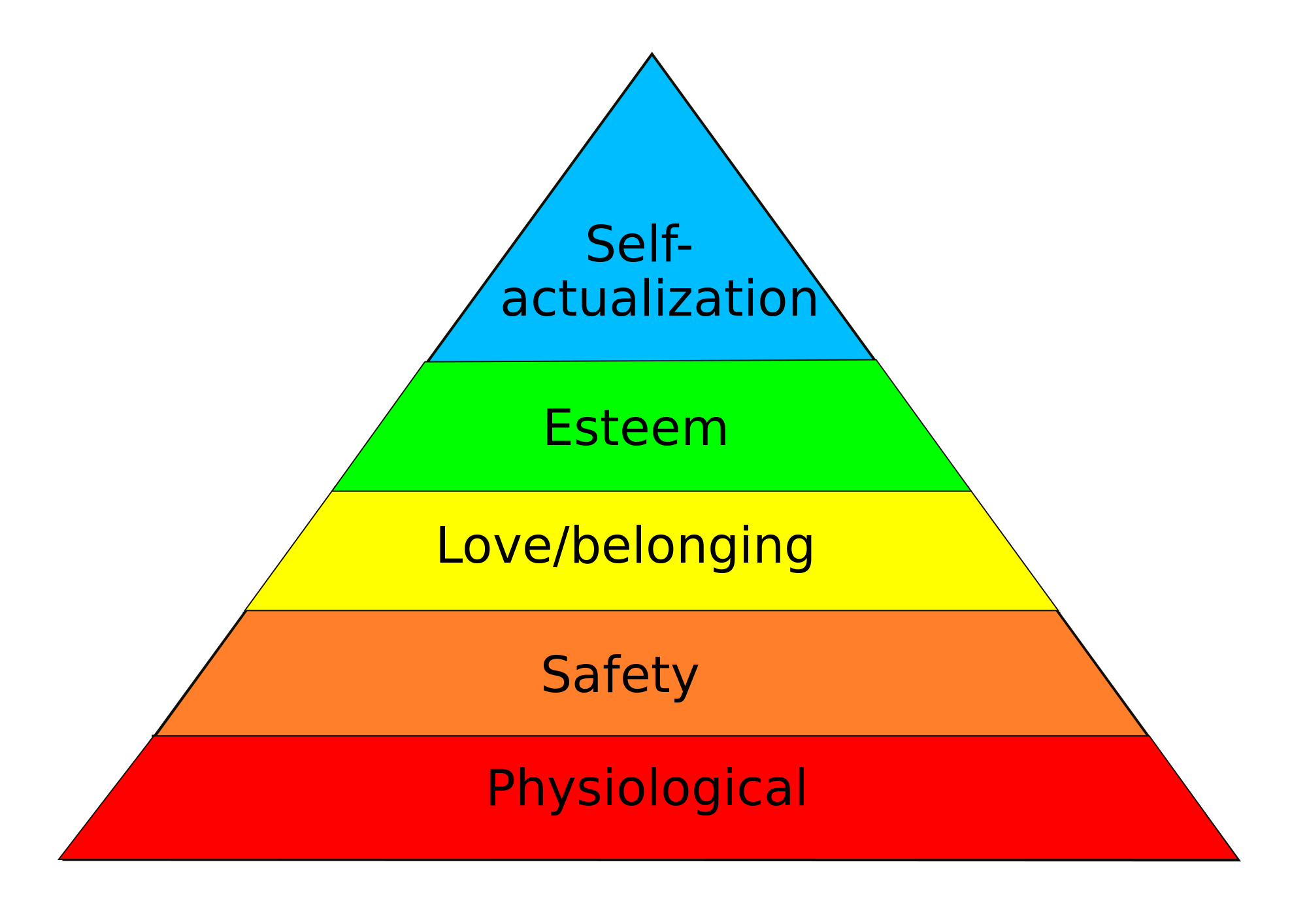
large
align-left
align-right
delete
- So, in a lot of ways, Haff’s “technosphere” is hard to distinguish from the “capitalism-o-sphere” or the “Capitalocene.” And the scale and reach of global capitalism today make maintaining less energy- and materials-intensive lifeways an uphill struggle, at best.
Gabrielle: For the record, I wasn’t suggesting that “greed” applies to aspirations for decent living. Au contraire: I was gesturing at the difference between those aspirations and the endless accumulation of electronic baubles and plastic crap.
But you bring up energy, so let’s move on to that. (And please note: I’m resisting a rant on the energy reductionism of physics that now seems to be mutating into a cross-disciplinary infection, to the point that some are now invoking the “energy humanities.”)
Haff’s argument ultimately rests on a physical calculus of energy. This brings him to a counterintuitive point (the spice of scholarly argumentation in any discipline):
From the point of view of an autonomous technosphere, climate change is not a problem to be solved by using less energy, but by using more energy. As seen from the dynamics of the Carnot engine, whatever useful work is done by a system, additional energy is required to power a recycling mechanism.
Instead of engineering the climate in ways that deflect solar energy, he suggests searching for ways “to capture the energy of photons in space that would have missed the Earth and then transmit the energy down to the Earth’s surface [...] This is not a prediction, but illustrates how looking at the technosphere from the outside provides its own perspective on possible Earth futures.” It’s an interesting idea, but honestly—doesn’t this put us so firmly in science fiction territory as to be useless for anything other than cool speculation? Similarly with his invocation of “the appearance of effective technospheric recycling mechanisms.” Surely only humans could make such mechanisms “appear”? And surely there would be different possible versions of them—versions that concentrate power and privilege to greater or lesser degrees? And surely that matters enormously when considering “human well-being”?
- Paul: Yeah, I don’t know about the giant solar panels in space—but it’s hardly the first proposal of its kind. On recycling mechanisms, I agree with you. Of course we can engineer better ways of doing that, especially with large-scale commitments from government. Lifecycle assessment, closed-loop manufacturing, and a dozen other techniques are being implemented all over the place to reduce waste and create full-circle recycling of materials. Some corporations, such as Ikea and United Parcel Service, have made real and effective commitments to analyze and improve every aspect of their supply chains. In our Techno-metabolism course, we’ve encouraged our seminar participants to think about how information “waste” might be recycled to improve efficiency of all sorts. This isn’t especially my idea; in industry right now, the use of “data exhaust” from billions of online transactions has led to all kinds of improvements.
Gabrielle: Hey, speaking of our seminar—there’s a point that confused me, and I suspect I may not be alone. What does Haff mean by “paradigm”?
To be clear, I’m trying very hard not to quibble about terminology. Struggles over words can too easily get petty and territorial; I learned this early in my career, when I dared to deploy the notion of “ritual” and got crucified in public by an anthropologist. So I’m not going to snark about the conflation of “technology” and “technosphere.” I won’t even complain about Haff’s unrelenting use of masculine pronouns, or the great-man version of history in his “rule of control.”Haff, “Humans and Technology in the Anthropocene: Six rules.” Here I am, not complaining.
But when it comes to Haff’s use of “paradigm,” I’m just puzzled. So maybe you can explain it to me. Haff doesn’t seem to mean “paradigm” in the Kuhnian sense—he’s mostly not talking about epistemological models when he invokes paradigms … though sometimes I did wonder about that. What’s going on there?
- Paul: Well, I think Haff’s using the word “paradigm” in its generic sense, to mean “a pattern or example.” That’s also its oldest sense: “The original Greek term παράδειγµα (paradeigma) was used in Greek texts such as Plato’s Timaeus (28A) as the model or the pattern that the Demiurge (god) used to create the cosmos.”“Paradigm,” Wikipedia, https://en.wikipedia.org/wiki/Paradigm So it’s appropriate to the notion of global “spheres,” which have a cosmic quality, at least for us. (From “spheres” we could head toward Sloterdijk, but I won’t go there today.) As Haff points out, the lithosphere, the biosphere, etc. have all gone through a series of major patterns (from an anaerobic to an aerobic biosphere; from a liquid magma lithosphere to a crust with tectonic plates floating on liquid magma). Large-scale, long-term patterns—the technosphere is one of those, though it’s only “long term” on human timescales (a few centuries at most).
Gabrielle: Okay, thanks. Now let’s get back to energy.
A focus on energy is how Haff makes technology and biology commensurable. (Let’s leave aside the fact that technology and biology are less and less distinguishable. To wit: organisms that exhibit intersex characteristics after exposure to endocrine disruptors; the pesticides chugging through bodies and bananas that Vanessa Agard-Jones describes so beautifully in “Spray”,Vanessa Agard-Jones, “Spray,”Somatosphere (posted May 27, 2014), http://somatosphere.net/2014/spray.html/ the distributed cognition evident in airplane cockpits or “the cloud”; not to mention Donna Haraway’s cyborgs …)
Anyway. An approach that reduces everything to units of energy can cut multiple ways. (Okay, so I’m having trouble resisting the rant.) In a recent essay in Aeon,Caleb Scharf, “Where Do Minds Belong?,” Aeon (posted March 22, 2016), https://aeon.co/essays/intelligent-machines-might-want-to-become-biological-again?utm_source=Aeon+Newsletter&utm_campaign=28e967f621-Weekly_Newsletter_25_March_20163_24_2016&utm_medium=email&utm_term=0_411a82e59d-28e967f621-68871089 Columbia University astrobiologist Caleb Scharf considers the energetic implications of intelligence. He observes that:
our notions about the emergence of intelligent machines expose our fantasies (often unspoken) about what perfection is: not soft and biological, like our current selves, but hard, digital and almost inconceivably powerful. To some people, such a future is one of hope and elevation. To others, it is one of fear and subjugation. Either way, it assumes that machines sit at the pinnacle of the evolution of consciousness.
Computer designers, he notes, talk about “computational capacity versus energy use, sometimes quoted as computations-per-joule.” Futurist fantasies tacitly assume that this ratio will continue to improve, but Scharf observes that “the ratio has been getting better by less and less with each passing year.” While quantum computing might promise to short circuit that process, ultimately nothing can beat the “remarkable energy efficiency” of biology. Here’s my favorite paragraph:
If life is common, and it regularly leads to intelligent forms, then we probably live in a universe of the future of past intelligences. The Universe is 13.8 billion years old and our galaxy is almost as ancient; stars and planets have been forming for most of the past 13 billion years. There is no compelling reason to think that the cosmos did nothing interesting in the 8 billion years or so before our solar system was born. Someday we might decide that the future of intelligence on Earth requires biology, not machine computation. Untold numbers of intelligences from billions of years ago might have already gone through that transition.
And so, Scharf concludes, “Our own technological future might look like this—turning away from machine fantasies, back to a quieter but more efficient, organic existence.” Of course this is speculative. (You gotta admit, though, few scientists have cooler speculations than astrobiologists.) But I’m not sure it’s any more speculative than Haff’s piece ultimately turns out to be—and it points in a completely different direction.
- Paul: Wow—now you’re sounding even weirder than Haff.
Gabrielle: That’s astrobiology for you.
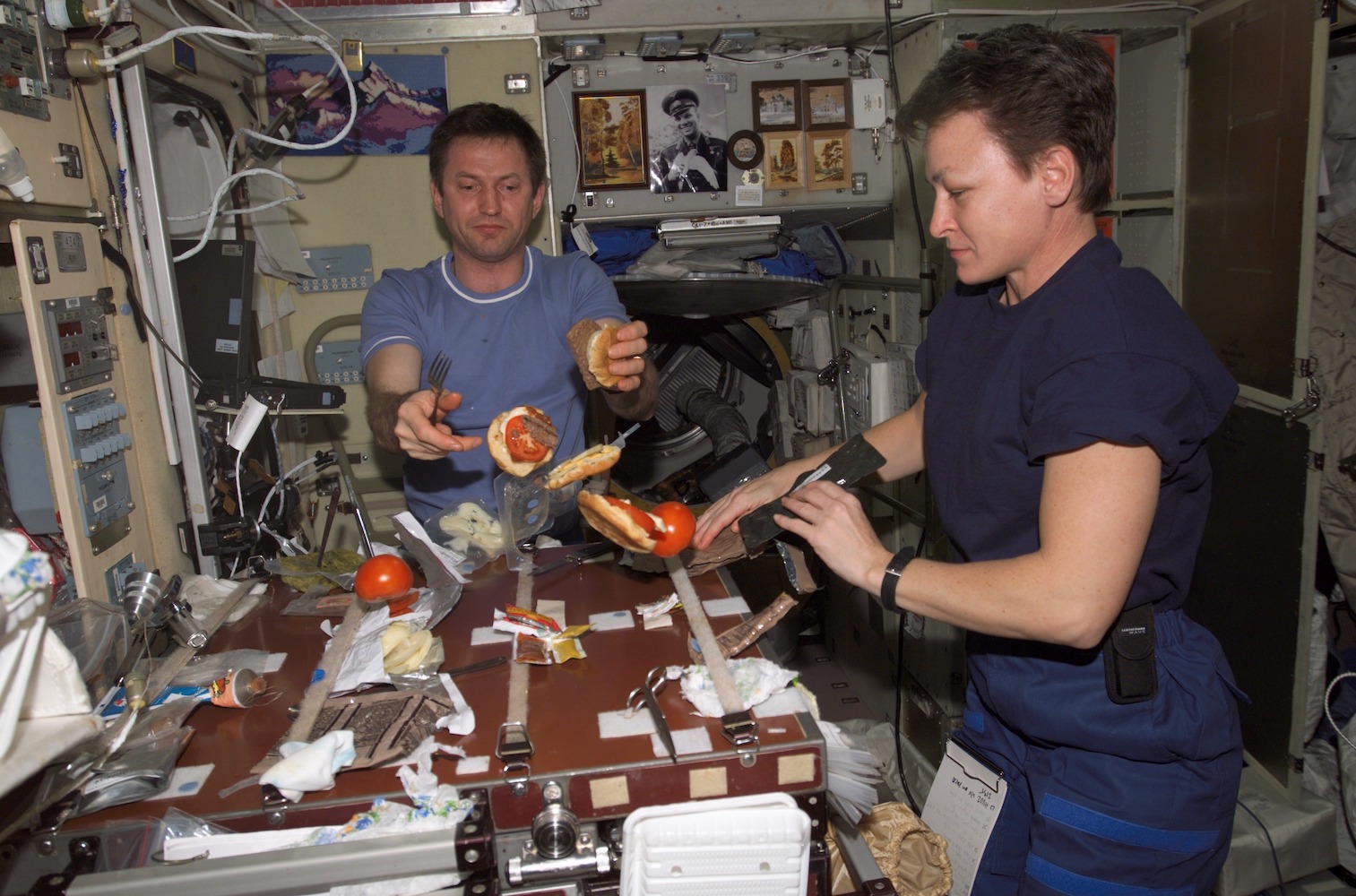
large
align-left
align-right
delete
Epilogue, back in the kitchen making dessert …
- Paul: You make me think of at least a dozen episodes of Star Trek. Haff’s world is definitely the world of Star Trek’s Borg, the civilization of spacefaring, networked cyborgs who travel the universe seeking out and assimilating all other intelligences. I tend to prefer the vulnerable, intelligent organic utopias of James Cameron’s Avatar or Ursula Le Guin’s Always Coming Home. The problem I see—and the one I think Haff sees—is that we already live in a world where our job is to feed the machines. “You will be assimilated,” the Borg always said to Captain Picard—but as for us, that’s already happened.
Gabrielle: I give up. Can I be Seven of Nine, Tertiary Adjunct of Unimatrix Zero-One? I’d prefer the version with hair, if it’s all the same to you. Call it capillary fetishism.
The authors engaged in this debate in preparation for their seminar Techno-Metabolism as part of the Anthropocene Campus: The Technosphere Issue, which took place at HKW Berlin between April 14-24, 2016.